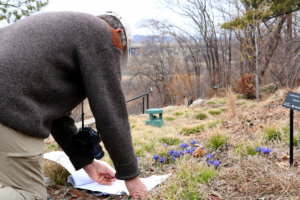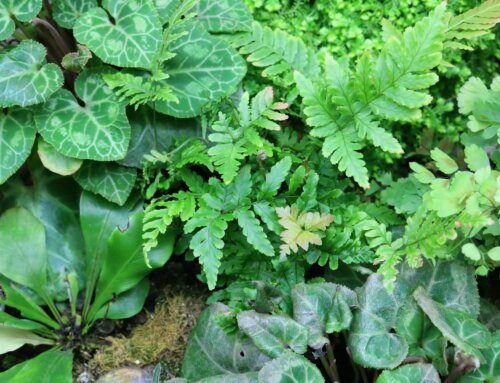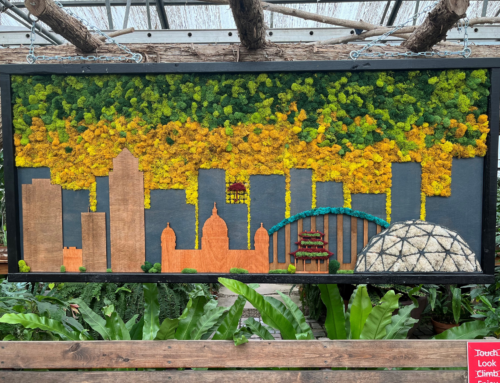When Do Plants Really Bloom in Des Moines?
 Phenology, the study of natural cycles and seasonal changes, is especially important in horticulture. While the name may sound intimidating, we are all phenologists to some extent. We know that with the coming of spring we can expect blustery tulip festivals followed by bold summer flowers and bountiful fall harvests. The phrase “April showers bring May flowers” is perhaps the most widely understood application of phenology.
Phenology, the study of natural cycles and seasonal changes, is especially important in horticulture. While the name may sound intimidating, we are all phenologists to some extent. We know that with the coming of spring we can expect blustery tulip festivals followed by bold summer flowers and bountiful fall harvests. The phrase “April showers bring May flowers” is perhaps the most widely understood application of phenology.
But at the Botanical Garden, we want to take our understanding of these seasonal variations to a deeper level. How many times have you looked at a plant tag and wondered exactly what the grower meant by “summer flowering?” Our phenology project aims to track precisely when plants really begin to bloom here in Des Moines. A decade from now, this data will help us determine the extent of flowering for nearly all plants in the collection, including their average peak flowering time. With deeper insight into these local rhythms, we can better manifest our mission and help gardeners plant smarter.
Volunteers Begin Phenology Tracking in 2017
In the winter of 2017, our phenology project began to take shape. We worked out logistics and established a basic method of collecting data by retrieving complete garden inventories from our database and broke them down into months and weeks on spreadsheets. Two intrepid volunteers, Wes Hunsberger and Bob Roberts, were selected to shepherd the project through the 2017 growing season, recording the bloom times on a weekly basis of nearly every plant in the outdoor gardens—more than 2,000 taxa.
 Throughout the year, Wes and Bob got to know the plants within each garden on a deeper level while helping to adjust and modify data collection procedures along the way, evolving the program throughout the year. In addition, they improved the quality of our database by registering plants that were missing and removing those no longer present.
Throughout the year, Wes and Bob got to know the plants within each garden on a deeper level while helping to adjust and modify data collection procedures along the way, evolving the program throughout the year. In addition, they improved the quality of our database by registering plants that were missing and removing those no longer present.
When the first year of phenological reporting closed in October 2017, volunteers worked through the winter at the tedious task of compiling and entering the data into our database.
In April 2018, three more volunteers— Kathy Bonea, Chuck Mertes, and Diana Ronk—joined in the endeavor, each assigned specific gardens to focus on throughout the growing season. This enables them to know each garden better and identify subtle seasonal changes most would find imperceptible.
Tracking Blooms for Years to Come
Throughout the coming years, the data will be continually tracked and preserved within the Botanical Garden’s records for future study and planning. Both short-term and long-term trends will be extrapolated and shared with the horticulture community and beyond. What may look like someone taking a leisurely stroll through the Gardens may actually be a citizen-scientist volunteer who is capturing brand-new insights into when plants bloom.



